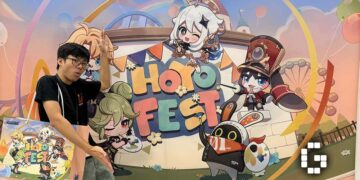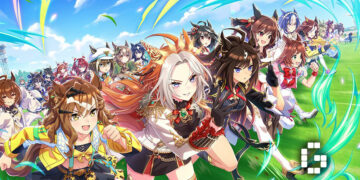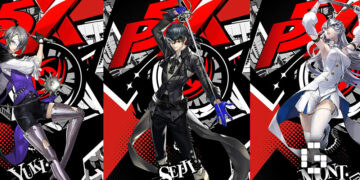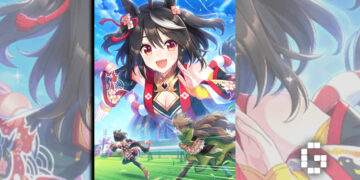Dragons are among the most iconic fantasy monsters- enough to make up 50% of the Dungeons & Dragons name, and be explored via the newest supplementary book, Fizban’s Treasury of Dragons.
We spoke to James Wyatt, Lead Designer of the book about all things dragons- and all the new ways to spice up your D&D adventure with draconic flair, ahead of the book’s release this November 9th.
The most obvious question to the unassuming reader would be “why a book about dragons?”
“Dragons are an essential element of the fantasy of Dungeons & Dragons . . . which I guess is pretty obvious given the name of the game. They’re intricately connected to the magic of the world. A dragon’s lair changes the environment around it, reflecting the nature and personality of the dragon. Characters, such as some sorcerers, get their magic from some touch of dragons in their ancestry or personal history”, James says.
Fizban’s Treasury of Dragons : A Dungeon Master’s New Best Friend
He also stressed that a core part of the D&D experience was your own creative input. Rather than say this is how dragons have to be, he mentioned that Fizban’s Treasury of Dragons is much more about giving more tools to the DM who wants more dragons.
“The dragon gods Bahamut and Tiamat, who created the two families of metallic and chromatic dragons, are important forces for good and evil (respectively) in the worlds of D&D. So different DMs can choose how much they want to emphasize dragons in their campaigns, but they loom large in the background at least”, he says.
“Different DMs can choose how big a role dragons play in shaping the course of history in a campaign, and one of the things Fizban’s Treasury of Dragons aims to do is help DMs make that choice”, he continues. “If you want to just flesh out an awesome dragon to be a major encounter in an ongoing campaign, we have tools to help you do that. Or if you want to build your entire campaign around dragons, we have some inspiration for you in that direction as well”.
While this may sound intimidating at first, James reassures that the book would be invaluable even to the newest DM.Heck, they could even be used to spice up some of the first adventures in the game.
“If you’re a very new player and you’re running an adventure like Lost Mine of Phandelver from the Starter Set or Dragon of Icespire Peak from the Essentials Kit, well, both of those adventures feature dragons”, he says.

“You could turn to the green dragon section of chapter 5 for inspiration in fleshing out the green dragon that appears in Phandelver, even if it’s just finding ways to roleplay the dragon in a more interesting way at the table. Or maybe you want to flesh out that dragon’s personality and goals more to use it in a later adventure. Or you could replace the white dragon in Icespire Peak with a crystal dragon instead, using the information in Fizban’s to alter its personality and motivations. I love that idea, not least because the adventure booklet has a white dragon right there on the cover and you could totally overturn your players’ expectations by changing the dragon around”.
Of course, half the fun of being a DM is crafting your own adventures, and such DMs won’t be found wanting, either.
“If you’re a relatively new DM still learning how to build adventures, I think Fizban’s has a lot to offer you, starting with fifteen dragon lair maps you can pick up and use as dungeons! But there’s also dozens of tables providing adventure hooks that give characters some reason to come to those lairs, and lots of tables you can use to populate the lairs and the surrounding areas with creatures besides the dragons who live there. I think it’s a pretty great resource for the basics of adventure-building”, James says.
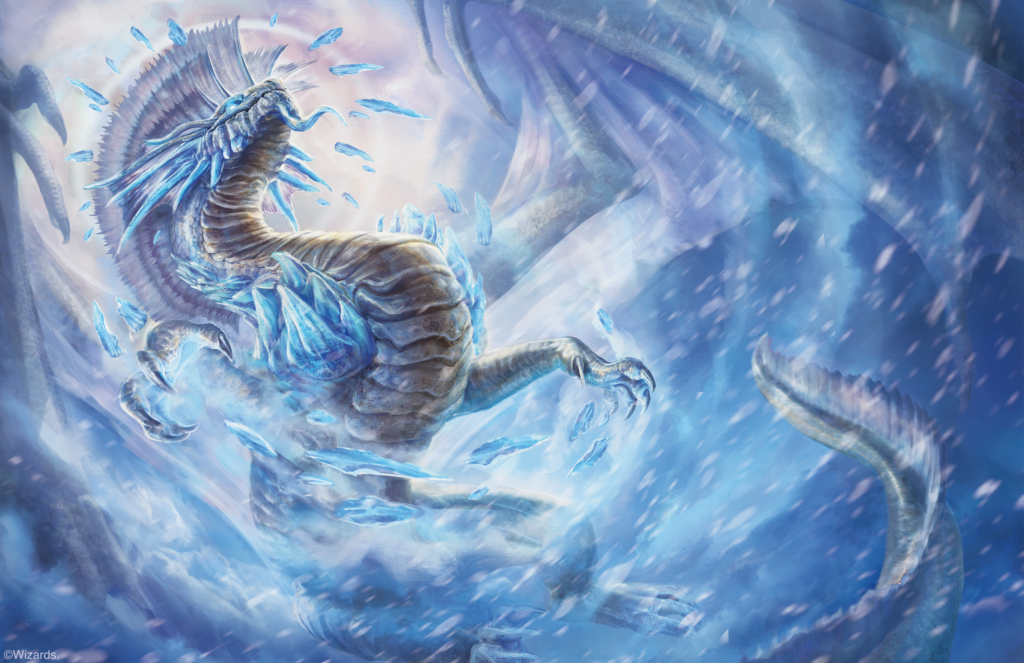
“If you’re building your first whole D&D campaign, Fizban’s offers some examples of how to weave dragons into the story of your world in great or small ways. You can structure an entire campaign world’s story around dragons in various ways, or you can populate your world with dragon teachers, crime lords, warlords, rulers, and wanderers”, James continues. “Fundamentally, Fizban’s is a treasure-chest full of ideas, and my hope is that players and Dungeon Masters, whether they’re new to the game or old-timers, will find plenty of inspiration for their next adventures, characters, and campaigns in here!”, James says.
Here Be Dragons

Of course, a big appeal of Fizban’s Treasury of Dragons is just the sheer number of Dragons available in the book. Written in-universe by Fizban the Fabulous, it sees the return of Gem Dragons- crystalline creatures that haven’t been seen since the game’s 3rd Edition.
“As presented in Fizban’s Treasury of Dragons, the gem dragons should be quite true to their earlier incarnations in past editions of the game. They have psionic abilities, they’re neutral (both in terms of alignment and in terms of the chromatic versus metallic conflict among dragons), and they have unusual breath weapons that deal force, necrotic, radiant, thunder, or psychic damage”, James explains.

“What I hope we’ve done successfully is explain their place in the world a little better. According to the creation myth we tell in this book, Bahamut and Tiamat worked together to create the First World, which was the seed from which all the other worlds of the Material Plane took root. Then they created Sardior, the Ruby Dragon, and Sardior helped each of them create their own families of dragons, metallic and chromatic”
“When the First World was destroyed, Sardior was apparently splintered into countless psychic fragments—and those became the gem dragons on all the worlds of the Material Plane. This myth helps to explain why gem dragons are psionic, why they’re relatively rare, and why they’re more aware of and interested in the multiplicity of worlds across the Material Plane than most other dragons are. I hope that helps give more DMs good reason to use them in their games!”

It’s not just Gem Dragons, either. Dragons span a huge chunk of D&D’s bestiary, from the Chromatic and Metallic Dragons to creatures like Dragon Turtles, Moonstone Dragons and more.
“Each of 20 different kinds of dragons gets a few pages of fleshing out in the enormous chapter 5 of this book, including tables for personality traits, ideals, adventure hooks, associated creatures, and art objects for their treasure hoards! Most of those have lair maps as well. Many of them have suggested spells if you want your dragon to wield magic like a mortal sorcerer. So we’ve added a lot of meat to the bones of the dragons in the Monster Manual as well as the new dragons introduced in this book!”, James excitedly says.
An Encounter of Fate With The Dragons In Fizban’s Tome
With games like Monster Hunter, it’s easy to think of dragons as just another elaborate species in the world like animals. However like James said earlier, they’re very much a sentient race, with some notable dragons even straight-up being deities.
“The trick for me was keeping the right scope and scale in mind, making sure that dragons come across as powerful, intelligent, magical creatures and not just big flying reptiles. With that guiding principle, we did things like include a table to help you decide where dragon eggs come from: maybe a council of five elder dragons is required to bring an egg into existence, or maybe dragon eggs grow on the World Tree”, James says.

Of course, that also means not just making every dragon a boss fight. Fizban’s Treasury of Dragons includes a section on supernatural gifts- given to players by interacting with dragons, be it via having one bequeath its power to you or the good old-fashioned method of combat.
“We drew on myths and legends about dragons to design draconic gifts that you might gain when you kill a dragon or if a dragon decides to invest its power into you for some reason, so you might gain a form of invulnerability (like Siegfried did by bathing in a dragon’s blood) or entomb yourself inside a dragon’s carcass and emerge as a dragonborn!”, he continues.
“The germ of that idea is that the idea of gaining power from slaying a dragon is a significant theme in legends about dragons. We tried to broaden the idea a little bit so it becomes an investiture of power, not necessarily from killing the dragon”, he says. “For whatever reason, a dragon that’s about to die might decide to invest some of its power into a party of adventurers. So there’s a wide range of mythic ideas you can bring to life in your game with these gifts”.
“I think the game is richer if we help you flavor any of a variety of options to match the story you want to tell”
Of course, it’s not just non-playable Dragons getting new goodies in Fizban’s Treasury of Dragons. Considering how many of D&D’s player characters can draw from Dragons, there’s also a plethora of new ways to build your characters thanks to the knowledge in Fizban’s tome.
From Sorcerers with Draconic Bloodline to the Dragon-descendent Dragonborn race, there’s no doubt that dragons are an integral part of the game’s world. According to James, that’s entirely the point- so many characters tie in to dragons explicitly because dragons are such a big deal.
“One of our goals for the first chapter of Fizban’s is to help players tie their characters into the overarching story of dragons in the worlds of D&D. There’s a number of different ways you can do that: you can choose one of the dragonborn races here, you can choose the ranger or monk subclasses that give you dragon-fueled powers (or an existing subclass like the Draconic Bloodline sorcerer from the Player’s Handbook), you can take one of three new feats to give your character a hint of draconic influence, or you can simply shape your character’s story to reflect the influence of dragons in your development”, James says.
“Maybe your fighter studied in an elite martial academy where your instructor was a thousand-year-old silver dragon. Maybe your warlock’s Fiend patron is Ashardalon, the red dragon who implanted a balor demon into his heart. Maybe your War-domain cleric worships Bahamut, or your wizard’s arcane focus is a dragon tooth that whispers to you in your dreams. We included a pretty simple table intended to help inspire ideas like these, so your character can feel like a part of the dragon story without choosing a dragon-specific option”, he continues.
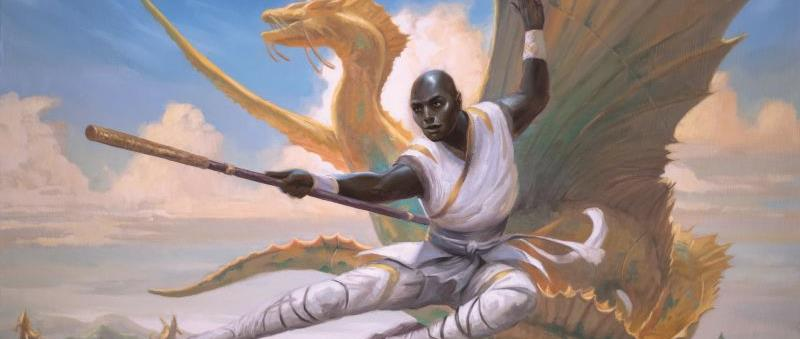
Two of the new subclasses are the new Drakewarden Ranger as well as the Way of the Ascendent Dragon for Monks. While Bahamut and Tiamat have always been in the background of some classes, like the cleric, and James says that that had to be taken into consideration when deciding who got new draconic subclasses.
“When it came to designing the monk and ranger subclasses, it was a matter of looking at the available options and picking the ones that worked best. The trick, to my mind, is that whenever we present one dragon-themed option, it tends to close off other options for the same class that could work just as well. We could have done a Divine Domain of the Dragon for clerics, but I wouldn’t want every cleric of Bahamut or Tiamat to choose that one domain”, he says.
“I think the game is richer if we help you flavor any of a variety of options to match the story you want to tell. A cleric of Bahamut can choose any domain (the Player’s Handbook suggests Life or War), and then choose spells and flavor your spells to reflect the draconic nature of the god”, James continues.
With all this and more, it looks like Fizban’s Treasury of Dragons is going to be the hottest addition for DMs both new and old.




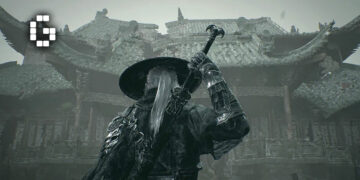
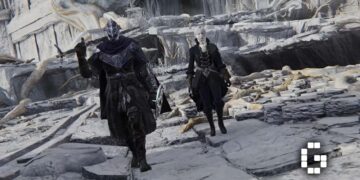

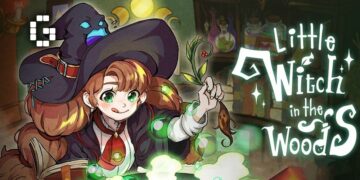
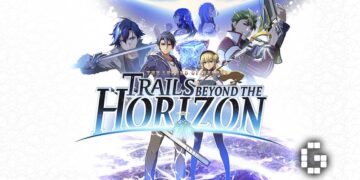
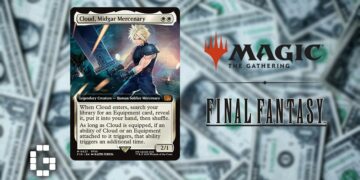

![[EXCLUSIVE] Creative Masterminds from Gearbox Software Reveal What Makes Borderlands 4 Worth the Wait](https://cdn.gamerbraves.com/2025/07/Borderlands-4-at-Bilibili-World-2025_Interview_FI-360x180.jpg)


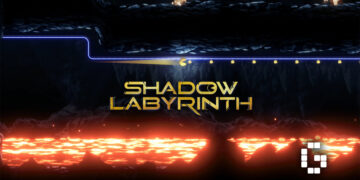

![[ASIA EXCLUSIVE] Bringing Back a Classic: Inside the Making of FINAL FANTASY TACTICS – The Ivalice Chronicles](https://cdn.gamerbraves.com/2025/06/FFT-Ivalice-Chronicles_Interview_FI2-360x180.jpg)







